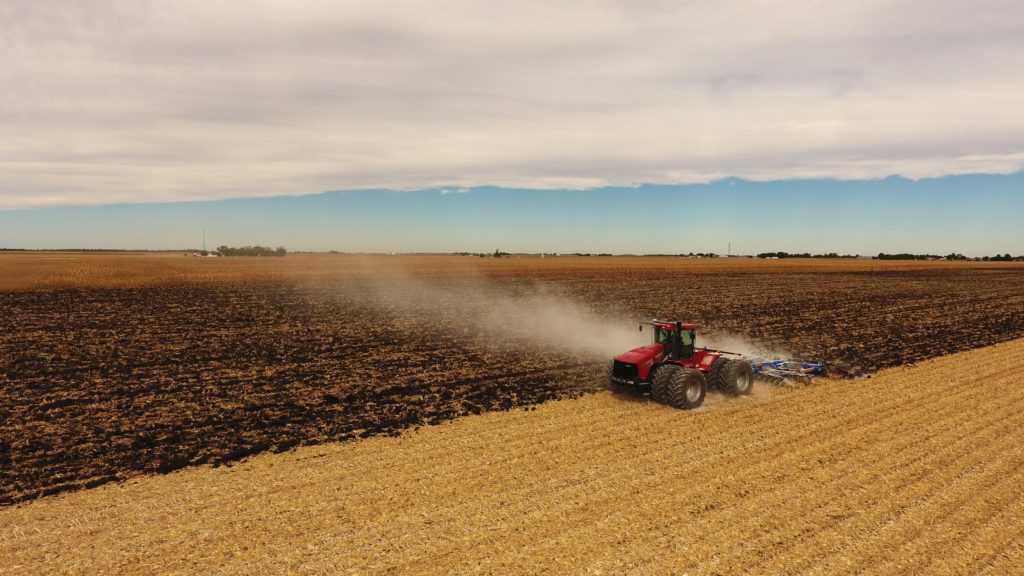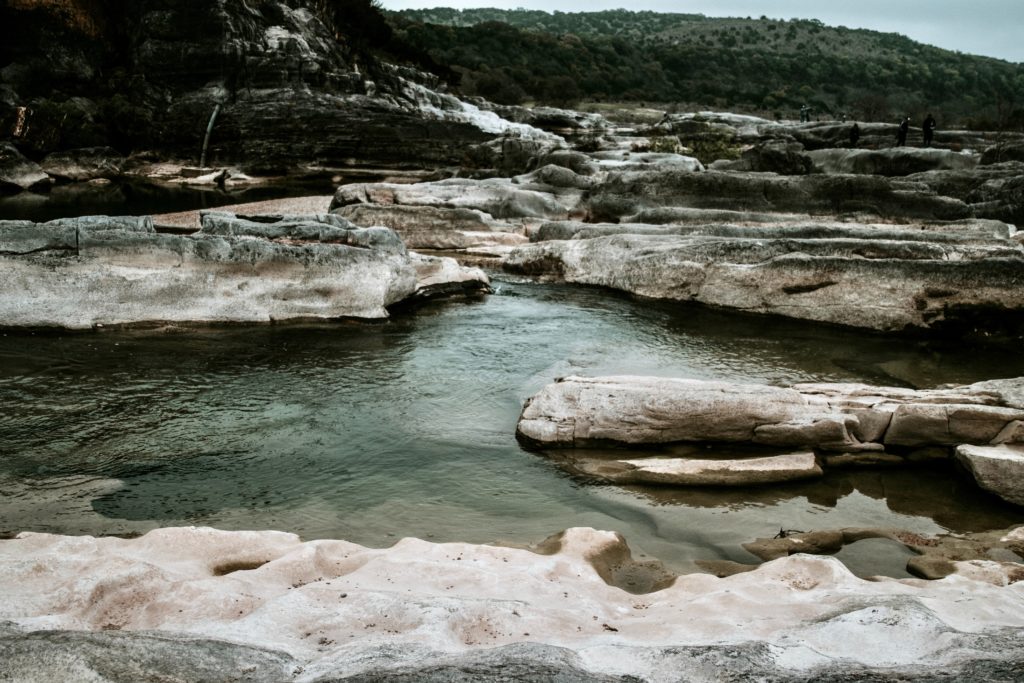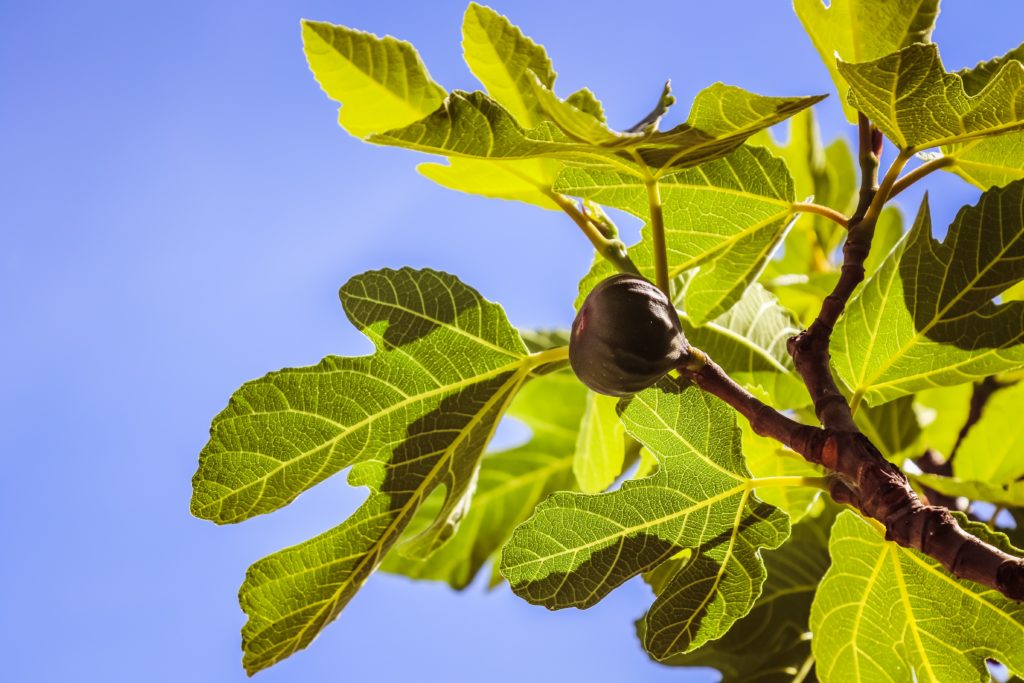Wharton County Used To Raise A Lot Of Cane!
Helping to make molasses out of sugarcane the old-timey way in the 1940’s was my first experience with the tall grass known as “sugarcane.” Since there are three types of sugar cane, — chewing cane, crystal cane, and syrup cane, — I’m guessing my father’s cousins in Carmine, Texas, were using “syrup” canes for making their strong, thick molasses. I was a pre-teen at the time, and my job was to carry bundles of sugarcane to the area where a poor old horse, attached to a pole, went around and around on a device that crushed and squeezed the sugarcane stalks. My job was easier than the horse’s.
Wharton County Used To Raise A Lot Of Cane! Read More »




